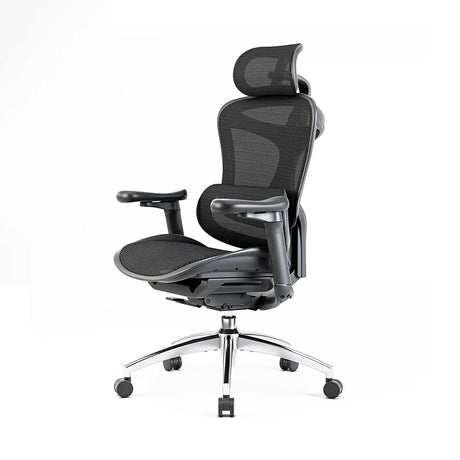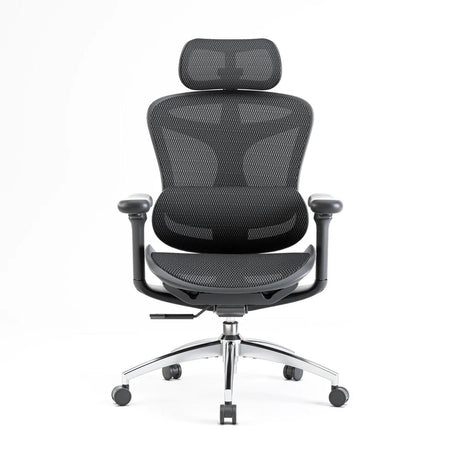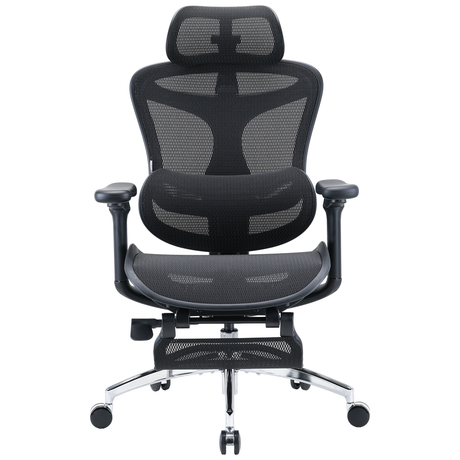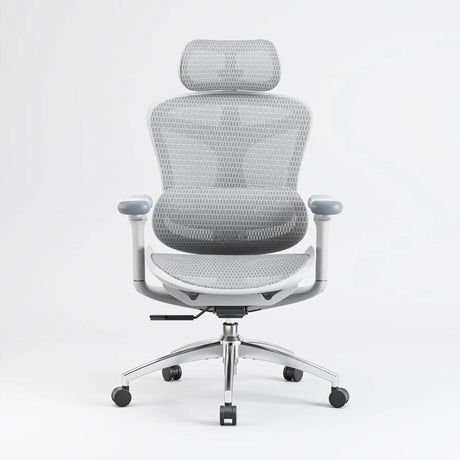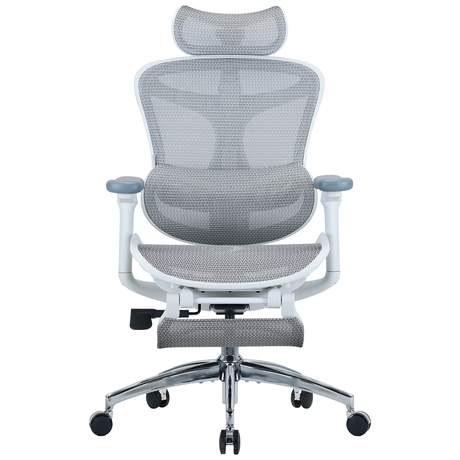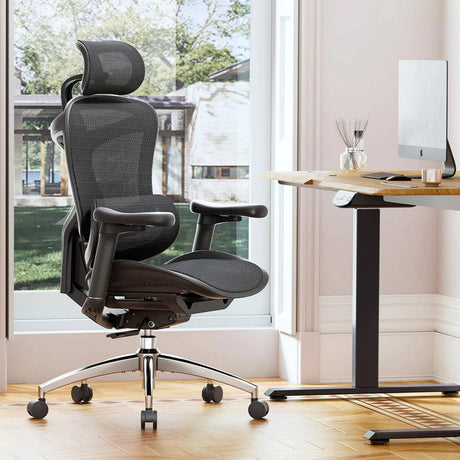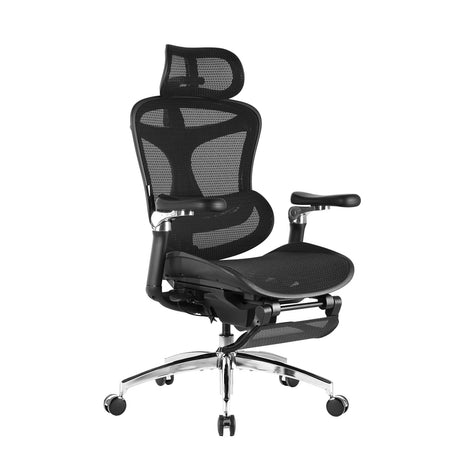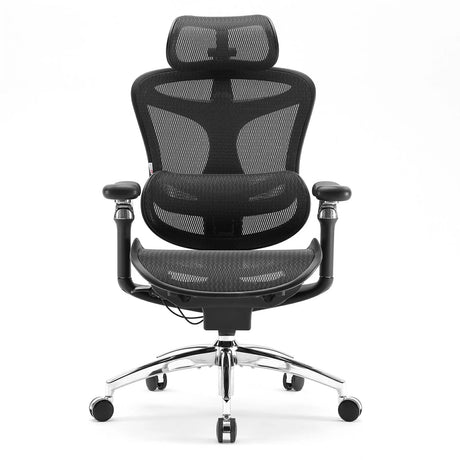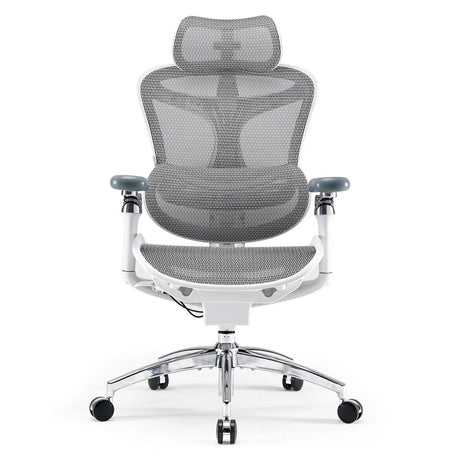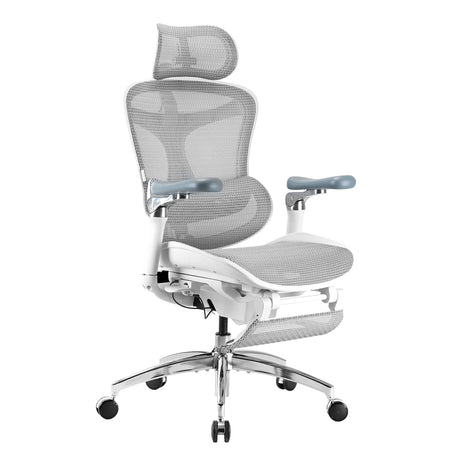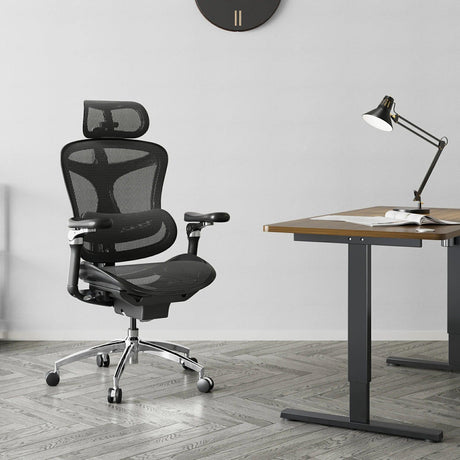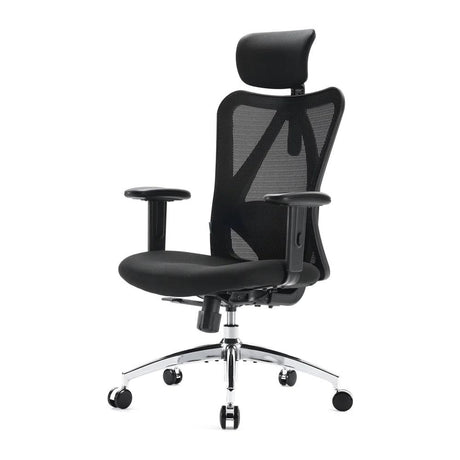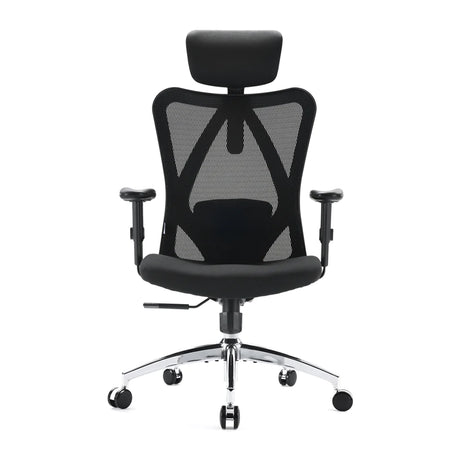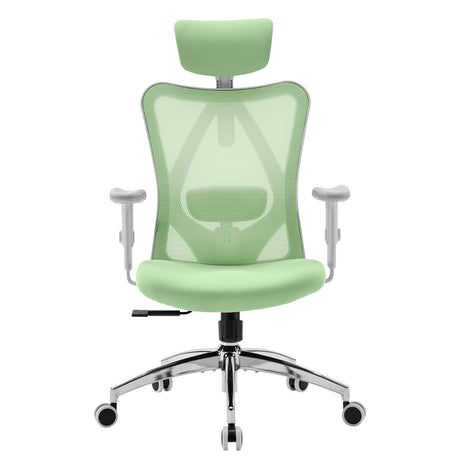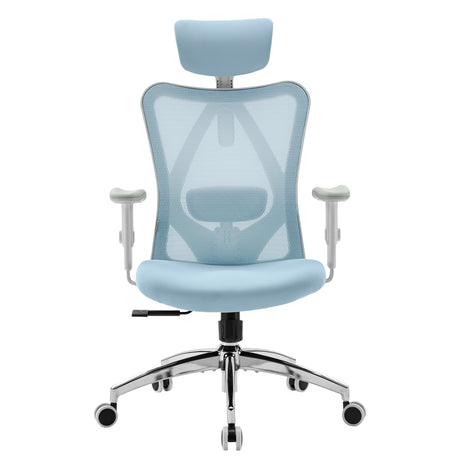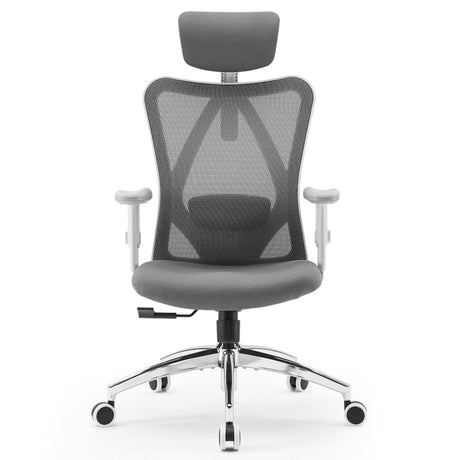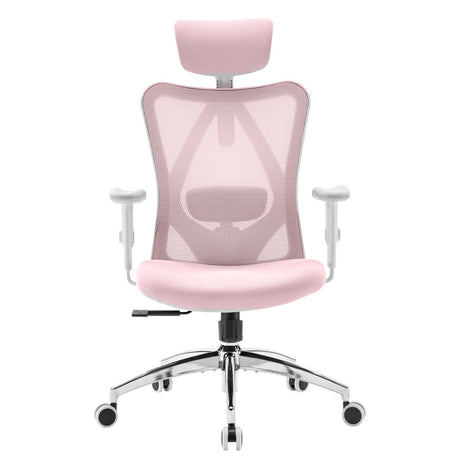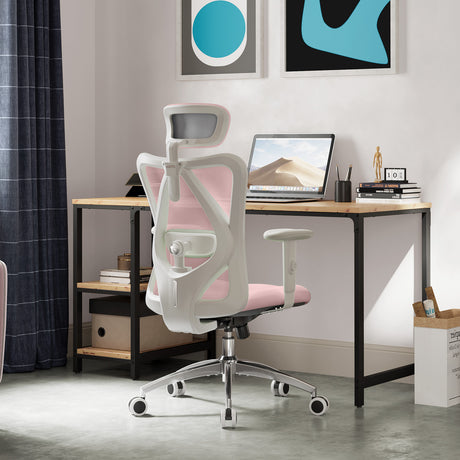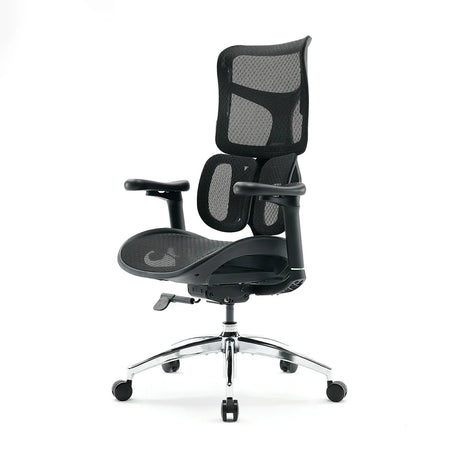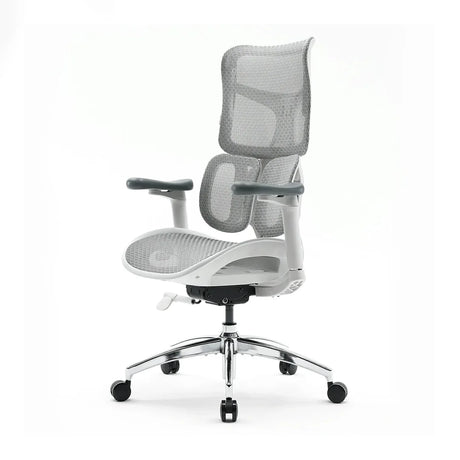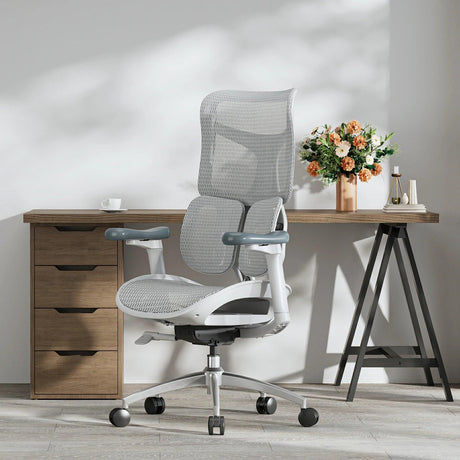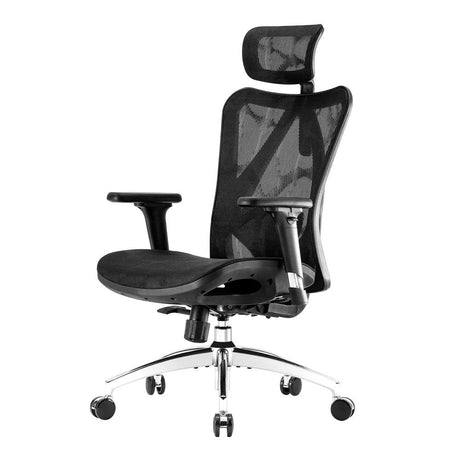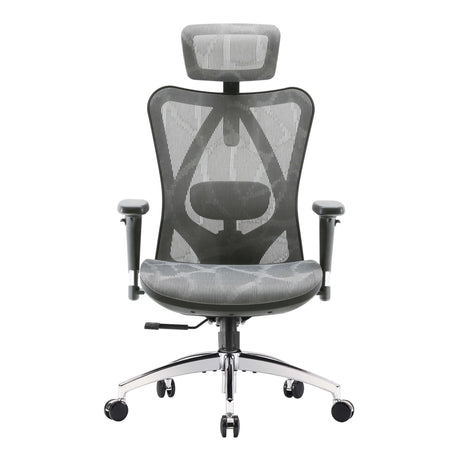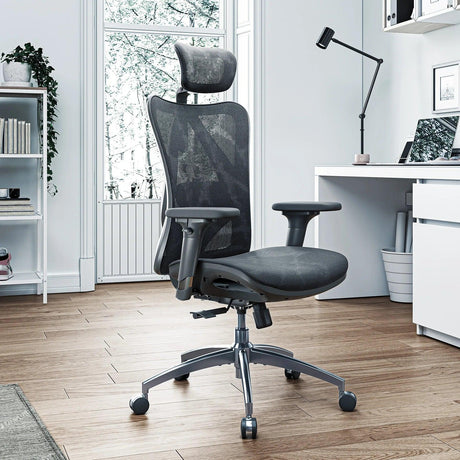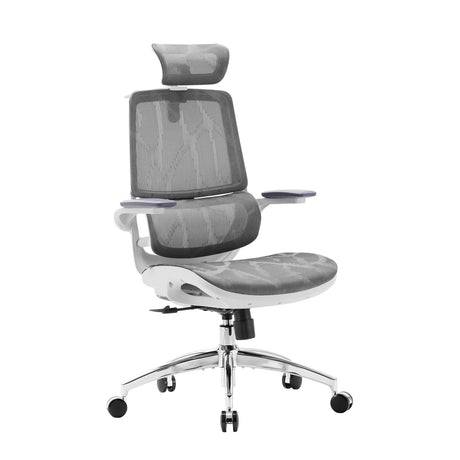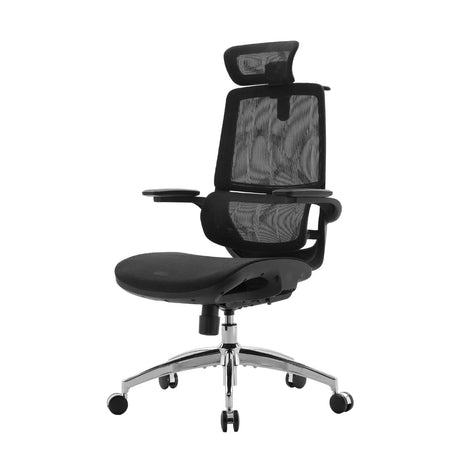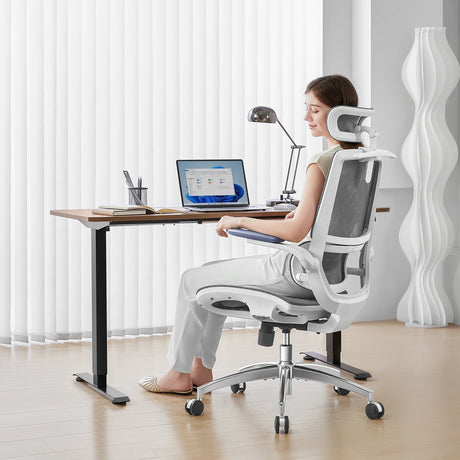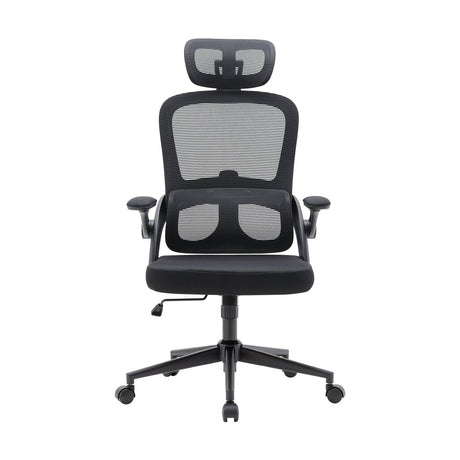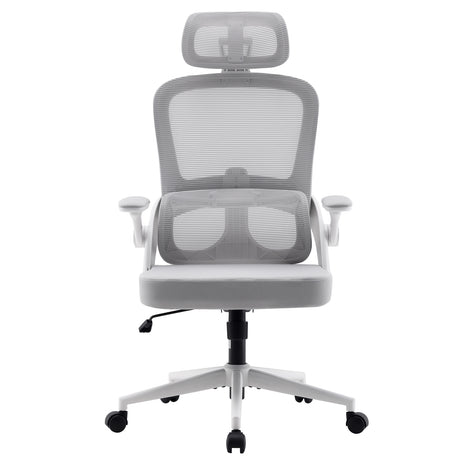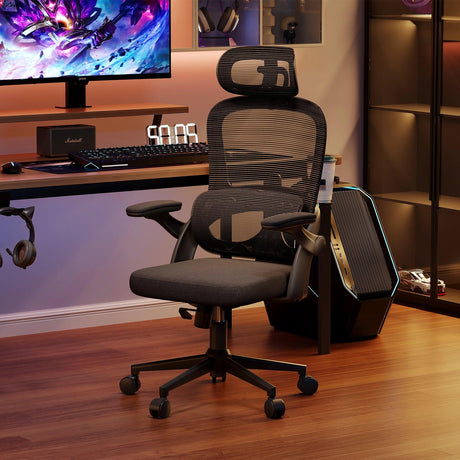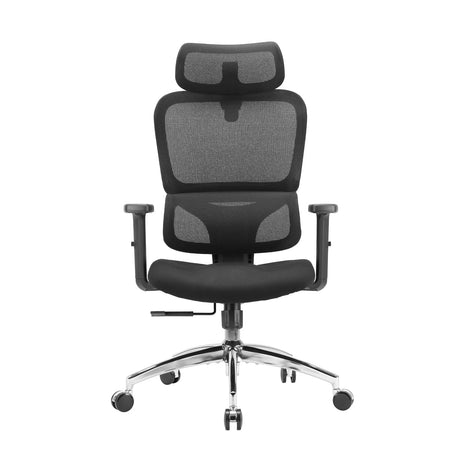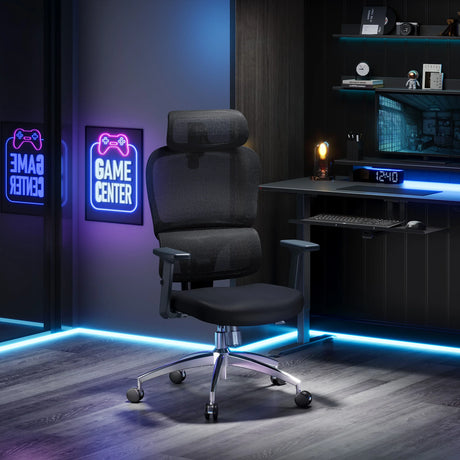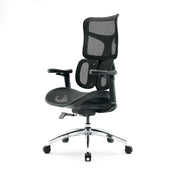Spending long hours sitting at a desk can cause a range of discomforts, from back pain to leg swelling. If you’ve ever stood up after a long day of work and noticed your legs feel heavy or swollen, you’re not alone. Poor circulation, improper posture, and even the wrong chair settings can contribute to this issue. However, with some adjustments to your workspace and habits, you can significantly reduce or even eliminate leg swelling caused by sitting in office chairs.
In this post, we’ll explore some of the key factors that contribute to leg swelling and share practical tips for preventing it. Let’s dive into how you can keep your legs comfortable and healthy, even during long workdays.
1. Choose the Right Office Chair
One of the most important factors in preventing leg swelling is selecting an ergonomic chair that supports proper posture and circulation. Here are a few chair features to look for:
Seat Depth Adjustment: A chair with seat depth adjustment allows you to customize the position of the seat to match your leg length. When your feet are flat on the ground, your knees should be at a 90-degree angle. If your chair is too deep, your thighs may be pressured, reducing blood flow to your legs. Proper seat depth ensures your legs are well-supported.
Adjustable Height: Adjusting your chair’s height so that your feet rest flat on the floor (or on a footrest) helps improve circulation. If your legs are too high or too low, it can interfere with proper blood flow and contribute to swelling.
Lumbar Support: Chairs with adjustable lumbar support ensure that your lower back maintains a neutral curve, helping to improve overall posture. When your back is properly supported, your weight is evenly distributed, which can reduce pressure on your legs.
Padded and Breathable Seat: A cushioned, breathable seat can make a big difference in comfort. Too little padding can lead to pressure points, while a breathable material keeps your legs cool, which is especially important if you’re sitting for long periods.
2. Take Frequent Breaks and Move Around
Sitting still for long periods is one of the primary contributors to poor circulation and leg swelling. To prevent swelling, it’s essential to take breaks throughout the day. Here’s how:
Stand Up and Walk Around: Aim to stand up at least once every 30 minutes. Walking for just a few minutes can get your blood circulating again and reduce the likelihood of swelling. You can take a quick stroll to the restroom, grab some water, or even do a few stretches.
Stretch Your Legs: In addition to walking, try incorporating some leg stretches into your routine. Stretching your calves, hamstrings, and quads helps improve circulation and reduces muscle stiffness, which can contribute to swelling.
Do Desk Exercises: If getting up and walking isn’t feasible, consider doing some seated exercises at your desk. For example, try doing ankle circles, leg lifts, or even pressing your heels into the floor to engage your leg muscles.
3. Adjust Your Sitting Posture
Your sitting posture plays a huge role in preventing leg swelling. Here are some posture tips to keep your circulation in check:
Keep Your Feet Flat on the Floor: Ensure that both feet are flat on the floor when sitting. Avoid crossing your legs or sitting with one foot elevated. If you need extra support, use a footrest to elevate your feet slightly, so your knees remain at a 90-degree angle.
Avoid Sitting on One Leg: Sometimes, people tend to sit on one leg or rest their legs in an awkward position, which can restrict blood flow. Keep both legs evenly positioned to encourage proper circulation.
Sit Back in the Chair: Make sure you’re sitting back in your chair, with your back fully supported by the chair's lumbar support. Avoid slouching forward, as this can put pressure on your legs and disrupt blood flow.
4. Use Compression Socks or Leg Sleeves
Compression socks or leg sleeves are a great way to boost circulation while sitting for extended periods. These special garments apply gentle pressure to your legs, which helps prevent fluid from pooling in your lower limbs and reduces the risk of swelling.
If you’re prone to leg swelling, consider wearing compression socks during the workday, especially if you’re sitting for several hours. These socks come in a range of styles and levels of compression, so you can choose the one that suits you best.
5. Hydrate Regularly
Staying hydrated is crucial for maintaining good circulation. Dehydration can lead to thicker blood, which can slow down circulation and contribute to swelling. Make it a habit to drink water throughout the day, and consider avoiding excessive amounts of caffeine or alcohol, as they can lead to dehydration.
6. Elevate Your Legs When Possible
When you’re not at your desk, try elevating your legs to encourage better circulation. You can do this by propping your feet up on a footrest, using a stool, or even lying down and raising your legs above heart level during breaks. Elevating your legs helps to reduce fluid retention and relieves pressure from your lower limbs.
7. Use Anti-Swelling Tools and Aids
Consider adding a few extra tools to your workspace that can aid in reducing leg swelling:
Footrest: If your chair doesn’t allow for proper foot placement, a footrest can help keep your feet flat and knees at a comfortable angle. This reduces pressure on your legs and improves circulation.
Standing Desk: Incorporating a standing desk into your routine allows you to alternate between sitting and standing. This shift in posture can improve circulation and help prevent the pooling of fluids in your legs.
Leg Massagers: Some office workers swear by portable leg massagers, which can stimulate blood flow and reduce swelling. If your office allows, try using a massager at the end of the day to relax your legs and improve circulation.
8. Monitor Your Health
Lastly, if you notice persistent or severe leg swelling despite making these changes, it’s important to speak with a healthcare professional. Chronic swelling can be a sign of an underlying health condition, such as poor circulation, varicose veins, or even deep vein thrombosis (DVT). A healthcare provider can help assess your symptoms and recommend appropriate treatments or lifestyle changes.
Conclusion
Preventing leg swelling while sitting in an office chair requires a combination of the right chair, proper posture, regular movement, and healthy habits. By making small changes to your daily routine and workspace setup, you can significantly reduce the discomfort of swollen legs and maintain better circulation throughout the day. Remember, your comfort is key to long-term productivity, so take the time to implement these tips and create a workspace that supports both your body and mind.
Stay comfortable, stay healthy, and say goodbye to swollen legs!

